I have a question regarding the usage of the phototransistor SFH 203 P, which I want to use for a project, where I need a small fall- and rise-time. The data sheet (I think) implies that if I use the photodiode as follows (in reverse bias) I should get a photocurrent of about 800µA (see page 3 under "Rise and fall time of the photocurrent").

simulate this circuit – Schematic created using CircuitLab
But unfortunately I only measure 2.3µA with bright room lighting. Did I misinterpret the datasheet, use the wrong circuit or is my photodiode maybe broken?